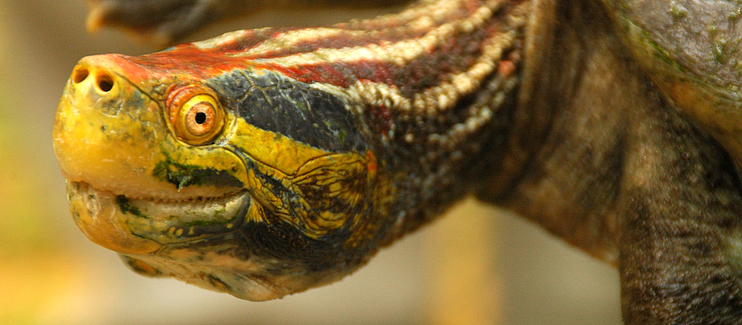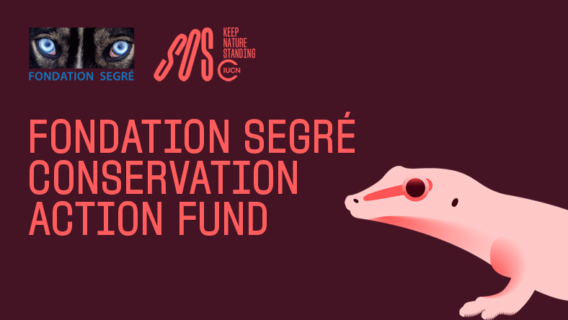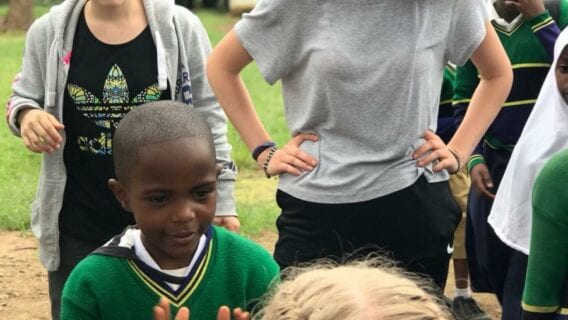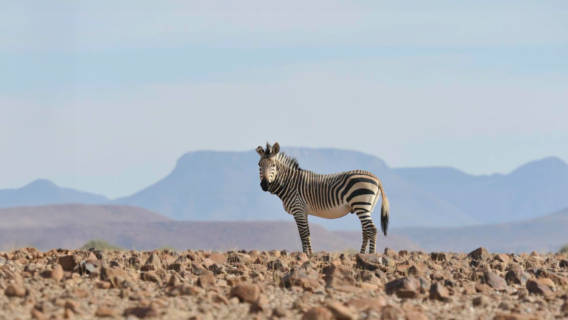
Conserving Large River Terrapins in South and Southeast Asia
Project objectives
In Cambodia it is expected the total number of Batagur affinis will increase by 15% for each of the next two years, and that 25 headstarted turtles will be released during each of the next two years, thereby increasing the wild population by 200%. Furthermore a 10% increase is projected for the number of nests deposited and protected in-situ each year.
Threats

Over-exploitation of natural resources & prey depletion

Poaching
A pedigree mating system for Batagur baska held in captive assurance colonies will be implemented in Bangladesh. This will maximize the genetic potential of multiple males and ensure the diversity of bloodlines in this small population. The integration of new founder stock into these small captive populations will continue by acquiring old wild-caught adults being kept in village ponds. Surveys in the Sunderbans will take place to determine if any Batagur baska remain in the wild, and if so, identification of active nesting will be performed. Once viable nesting beaches have been founds, these sites can be protected, eggs gathered and incubated, and hatchlings collected for rearing. These surveys will also hopefully identify suitable sites where the species can be reintroduced. In India, the TSA team will work to improve the existing breeding facility at the Sunderbans Tiger Reserve, which is expected to increase the number of both eggs and hatchlings.
In India the number of Batagur kachuga produced in riverside hatcheries will increase by 25% during each of the next two years, and 100 of these hatchlings will be head-started every year at the TSA supported Deori and Garhaita Turtle Conservation Centers. Pending permit approval a second population of Batagur kachuga will be established in a protected area of the Son River by releasing 50 head-started turtles during each of the next two years. The aim is to document an 80% post-release survivorship of 25 head-started Batagur kachuga by monitoring via sonic telemetry. It is predicted that the number of Batagur kachuga accidentally drowned in illegal fishing nets set in the Chambal River will decrease by 25% during each of the next two years. An attempt to verify the occurrence of a hitherto undocumented population of Batagur kachuga reported from the Brahmaputra River by local turtle traders will also be made. The expansion of current assurance colony holdings at the Kukrail Gharial and Turtle Conservation Center will grow from seven turtles (2 females and 5 males) to 50 (25 females and 25 males) by retaining turtles in current headstarting programmes.
This project is implemented by Turtle Survival Alliance.




